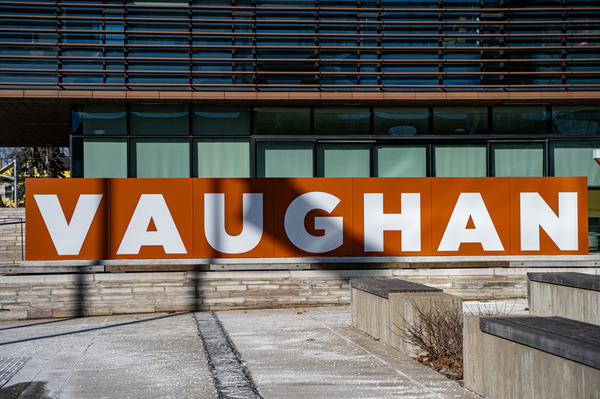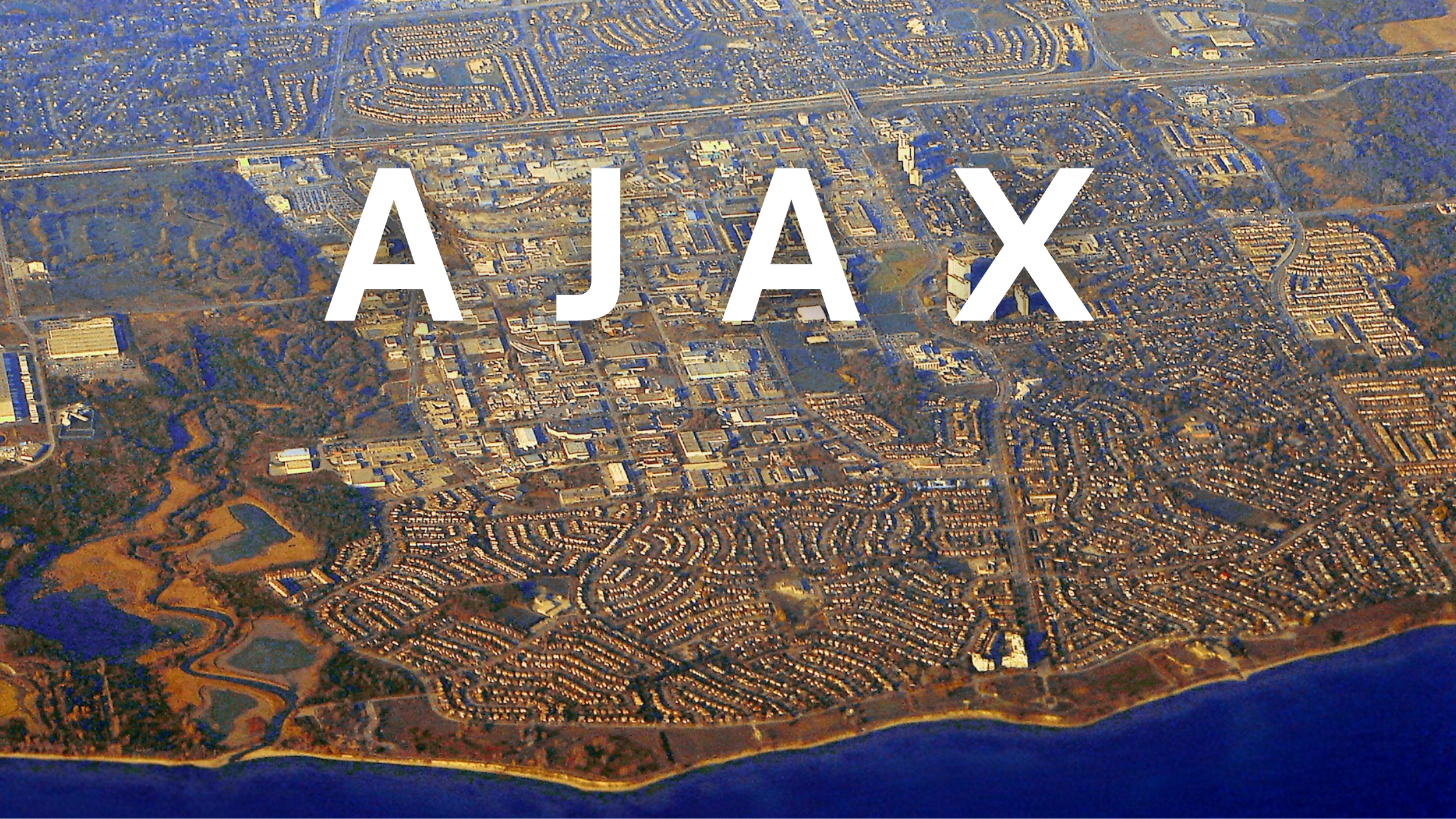
Understanding Lease and Rental Agreements in Ontario
In this article, we will provide you with a detailed understanding of the key aspects related to leasing and renting properties.
Welcome to our comprehensive guide on lease and rental agreements in Ontario. Why such a guide? Simply because many of our customers are coming to us to inquire about the long-distance moving service and are also asking us many specific questions, one being, “But you know, renting in Ontario is different than here?” So, we are glad to properly help you with all the details on this topic.
In this article, we will provide a detailed breakdown of the key aspects related to leasing and renting properties in Ontario.
Whether you are a tenant or a landlord, having a clear comprehension of the legal obligations and rights associated with these agreements is crucial. We aim to equip you with the necessary knowledge to navigate through the intricacies of lease and rental agreements effectively.
1. Overview of Lease and Rental Agreements
Lease and rental agreements are legally binding contracts that define the terms and conditions between a landlord and a tenant. These agreements outline the rights, responsibilities, and obligations of both parties throughout the tenancy period. Understanding the intricacies of lease and rental agreements is crucial to ensure a smooth and harmonious relationship between landlords and tenants.
2. Types of Lease and Rental Agreements
Residential Agreements
Residential lease agreements are the most common type of agreements in Canada. These agreements are designed for individuals or families seeking to rent a property for residential purposes. Residential lease agreements typically cover apartments, houses, condominiums, or townhouses. The terms and conditions within these agreements may vary depending on provincial or territorial legislation.
Commercial Agreements
Commercial lease agreements are specifically tailored for renting properties intended for business or commercial use. These agreements cater to businesses, corporations, or individuals who require commercial spaces such as retail stores, offices, or industrial units. Commercial lease agreements differ from residential agreements in terms of clauses, duration, and legal considerations.
3. Essential Components of a Lease Agreement
Parties Involved
A lease agreement must clearly identify the parties involved: the landlord (lessor) and the tenant (lessee). Include their legal names and addresses to establish a formal contract.
Property Description
It is essential to provide a detailed description of the property being leased. This includes the address, unit number (if applicable), and any specific areas or amenities included in the agreement.
Lease Term and Renewal
Specify the lease term, whether it is a fixed-term lease (e.g., one year) or a periodic lease (e.g., month-to-month). Outline the conditions for lease renewal, including notice periods and potential rent adjustments.
Rent Payment Terms
Clearly outline the rent amount, due date, and acceptable payment methods. Include any penalties for late payments and procedures for rent increases during the tenancy.
Security Deposits
Specify the amount of the security deposit, its purpose, and the conditions for its return. Highlight any deductions that may be made from the deposit at the end of the tenancy.
Maintenance Responsibilities
Clearly define the responsibilities of both the landlord and the tenant regarding property maintenance. Outline which party is responsible for specific repairs, maintenance, and upkeep tasks. It is important to address issues such as pest control, landscaping, and appliance maintenance to avoid any misunderstandings during the tenancy.
Termination and Renewal
Include clauses that outline the process for terminating the lease agreement, whether by the landlord or the tenant. Specify the notice period required and any penalties or fees associated with early termination. Additionally, provide information on the renewal process if applicable.
6. Legal Considerations in Lease and Rental Agreements
Human Rights Laws
Human rights laws prohibit discrimination in housing based on characteristics such as race, color, religion, sex, disability, and family status. Landlords must adhere to these laws and ensure equal treatment of all potential and existing tenants.
Residential Tenancies Acts
Each province and territory in Canada has its own residential tenancies act, which sets out the rights and responsibilities of landlords and tenants. Familiarize yourself with the specific legislation relevant to your location to understand the legal framework surrounding lease and rental agreements.
7. Seeking Legal Assistance
If you have any uncertainties or complex legal questions regarding lease and rental agreements, it is advisable to seek legal assistance. Consulting with a real estate lawyer or a tenant/landlord association can provide you with valuable guidance and ensure that you fully understand your rights and obligations.
Conclusion
In conclusion, lease and rental agreements in Canada are vital legal contracts that establish the relationship between landlords and tenants. Understanding the key components, types, and legal considerations associated with these agreements is crucial for both parties involved. By equipping yourself with the knowledge presented in this guide, you will be better prepared to navigate the intricacies of lease and rental agreements in Canada.
Remember to carefully review and understand the terms and conditions outlined in any lease or rental agreement before signing. Pay close attention to details such as the lease term, rent payment terms, maintenance responsibilities, and termination procedures.
By having a clear understanding of your rights and obligations as a tenant or landlord, you can establish a harmonious and mutually beneficial relationship. This guide has provided you with a comprehensive overview of lease and rental agreements, including the types of agreements, essential components, tenant and landlord rights and responsibilities, legal considerations, and the importance of seeking legal assistance when necessary.
As you embark on your journey in the realm of lease and rental agreements, always remember to stay informed about the specific laws and regulations in your province or territory. Each jurisdiction may have unique legislation that governs the rental industry, and being aware of these laws will help you ensure compliance and avoid any potential legal issues.
Whether you are a tenant seeking a suitable place to call home or a landlord looking to protect your property and interests, a well-drafted lease or rental agreement is the foundation of a successful tenancy. With the knowledge and insights gained from this guide, you are now better equipped to understand, negotiate, and navigate lease and rental agreements in Canada.
Remember, a strong grasp of the legal aspects, coupled with effective communication and mutual respect between landlords and tenants, is key to fostering a positive and productive rental experience.









































